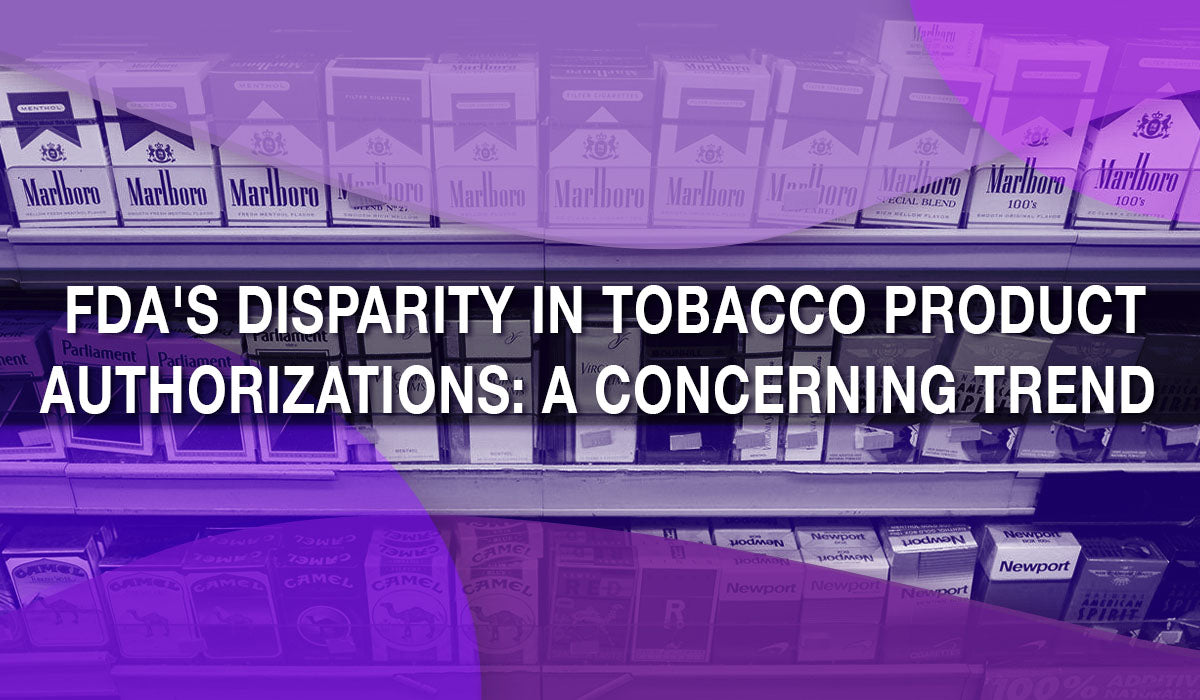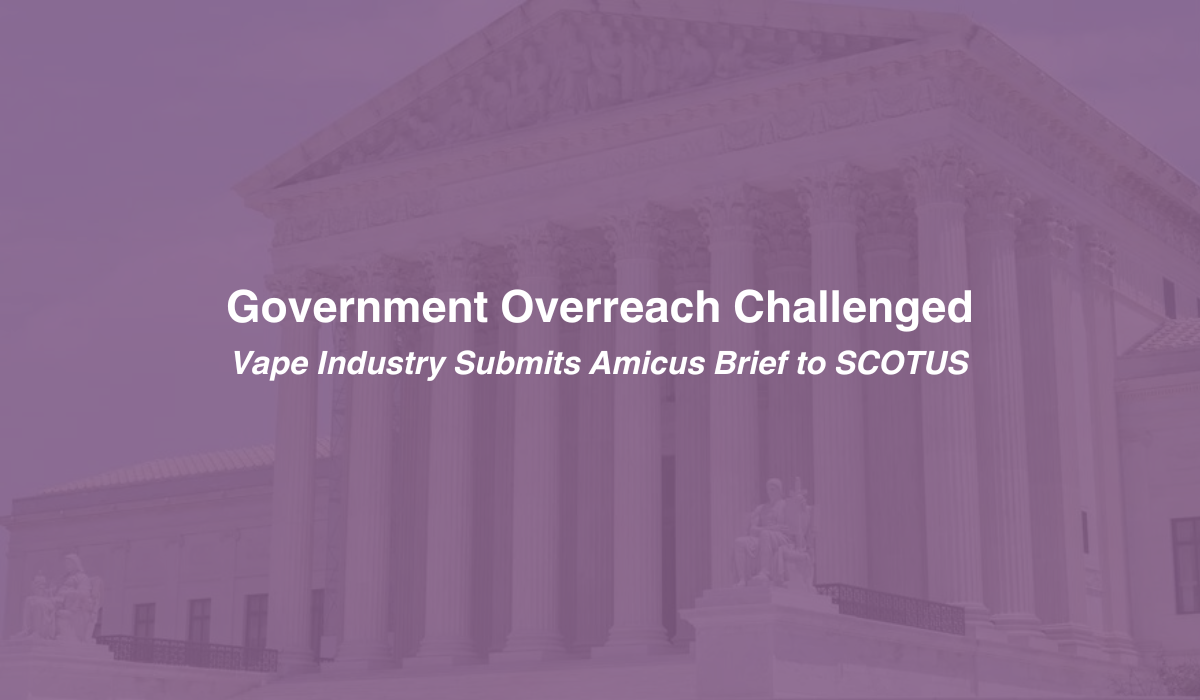
FDA's Disparity in Tobacco Product Authorizations: A Concerning Trend
In recent years, the FDA has shown a concerning trend in the authorization of tobacco products, favoring traditional, combustible tobacco over potentially alternative products such as electronic nicotine delivery systems (ENDS) and modern oral nicotine products. This disparity is troubling, especially given the overwhelming evidence that ENDS could offer a less harmful option for adult smokers looking to quit. A more humane and science-based approach to public health has proven its worth in Europe.
The United Kingdom’s National Health Service hosts the vaping to quit smoking resource page. Sweden is about to be the first smoke-free country in Europe, relying on oral nicotine pouches and snus.
Even Bloomberg-funded nicotine abstinence are unable to deny the overwhelming body of scientific evidence in favor of alternative nicotine products. Amanda Graham, Ph.D., Chief Health Officer at the Orwellian-named Truth Initiative stated:
“There is growing consensus among scientific and clinical experts that the use of e-cigarettes can help people who smoke to stop using known-deadly cigarettes.”

FDA Authorization Overview
Over the past five years, the FDA has authorized an astounding number of new tobacco products. Specifically, more than 1,500 new cigarettes and over 11,000 combustible tobacco products have been green-lit. This rate of approval has only increased, with 821 new cigarettes authorized last year alone, and a staggering 662 new cigarette products already approved in 2023.

This data suggests a marked preference for traditional tobacco products, which are well-documented for their health hazards. The decision-makers behind these authorizations, FDA Commissioner Robert Califf and Center for Tobacco Products Director Brian King, have yet to approve a single premarket tobacco application (PMTA) for any of the millions of e-liquids and vaping devices submitted. Similarly, no modern oral nicotine product has received their authorization. With a Yale study showing vape flavor bans increase cigarette sales and smoking cessation rates stalling, it is well past time for the FDA to protect the lives of adult Americans.
The Center for Black Equity called on the FDA to approve a wide range of e-cigarettes, arguing marginalized groups are hit hardest by vape bans.
Harm Reduction: A Missed Opportunity?
The primary goal of tobacco regulation should be harm reduction—decreasing the health risks associated with smoking. Numerous studies suggest that ENDS, including e-cigarettes and other vaping products, represent a significantly less harmful alternative to traditional combustible cigarettes. Public Health England, for example, has stated that e-cigarettes are **95% less harmful** than smoking conventional cigarettes.

By denying authorization for ENDS, the FDA appears to sideline products that could potentially reduce smoking-related mortality and morbidity. For smokers who are unable to quit using conventional methods, ENDS offer a pragmatic, harm-reduction approach.
Inconsistency in Policy
What is particularly perplexing is the juxtaposition of the rigorous rejection of potentially less harmful products, alongside the high approval rates for conventional, arguably more harmful products. This duality raises essential questions about the consistency and fairness of the regulatory framework.
Dr. Califf and Dr. King must reconcile the high standard held against ENDS and other non-combustible products with the relative leniency exercised towards traditional tobacco products. Such an inconsistent policy framework is not only confusing but counterproductive to public health objectives.
The Need for Balanced Regulation
To align more closely with harm reduction principles, the FDA must reconsider its stringent stance on ENDS and modern oral nicotine products. Thorough, evidence-based evaluations should pave the way for their approval if they show a tangible benefit in reducing tobacco-related harm.
Clear, transparent, and balanced regulations should be the backbone of the FDA's mission to protect public health. That involves giving fair consideration to all factors—including the potential public health benefits of authorizing less harmful products.
The current track record of the FDA under Robert Califf and Brian King raises significant concerns about its commitment to harm reduction in tobacco regulation. While the authorization of nearly 2,000 combustible products in contrast to zero less harmful ENDS and modern oral nicotine products demonstrates a concerning trend, it is not too late for the FDA to pivot.
Adopting a more balanced approach that recognizes the potential benefits of less harmful alternatives could pave the way for tangible improvements in public health outcomes. It is imperative that the FDA reassess its policies to focus more keenly on reducing tobacco-related harm and ensuring a healthier future for all.









Leave a comment
This site is protected by hCaptcha and the hCaptcha Privacy Policy and Terms of Service apply.